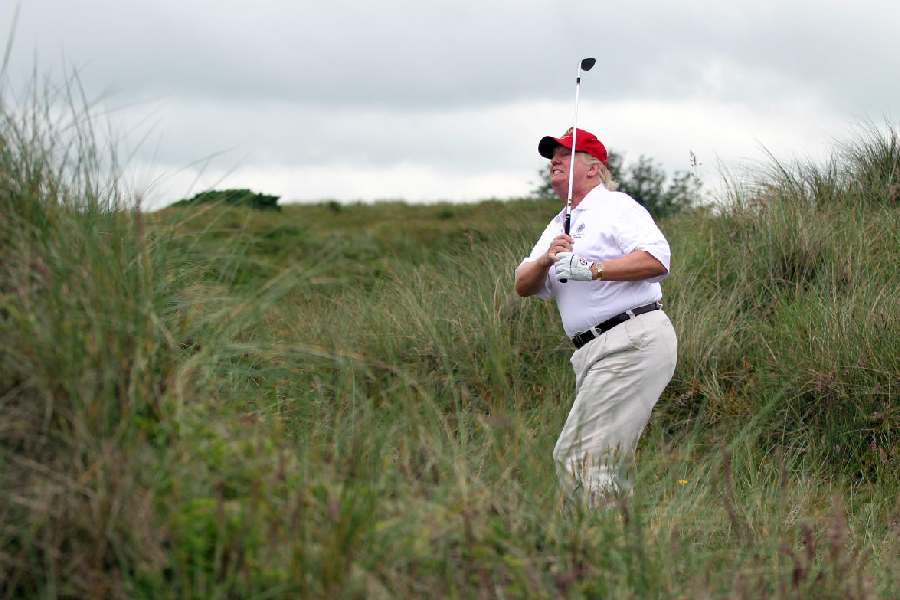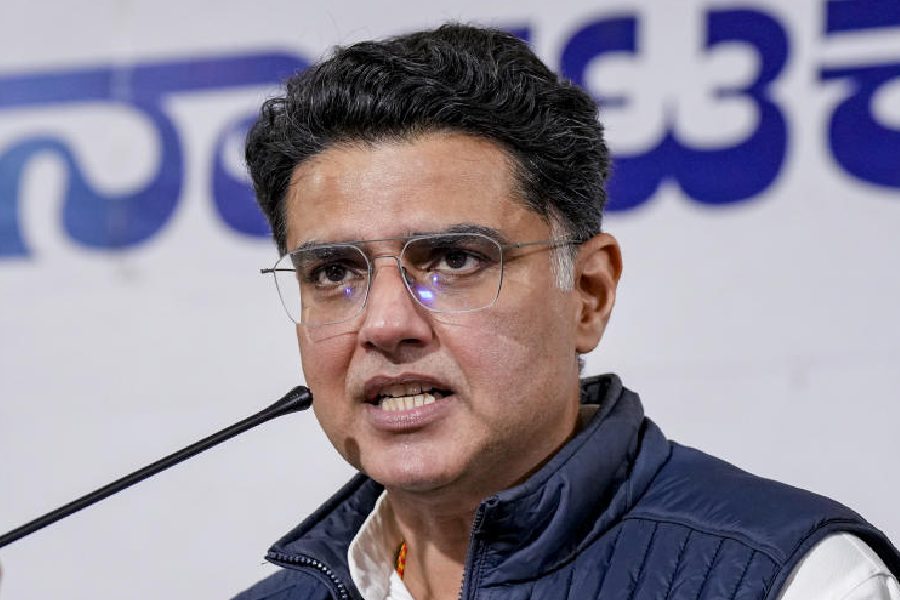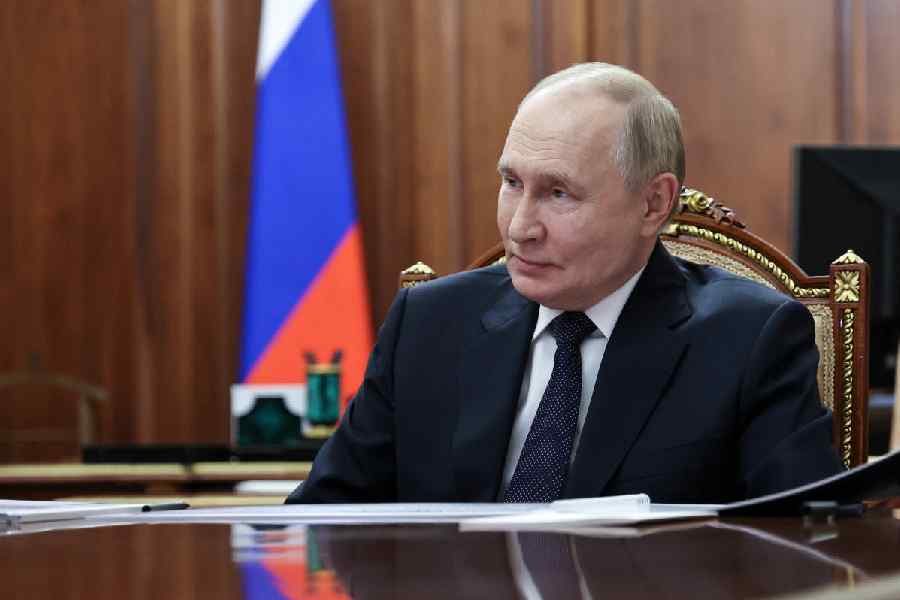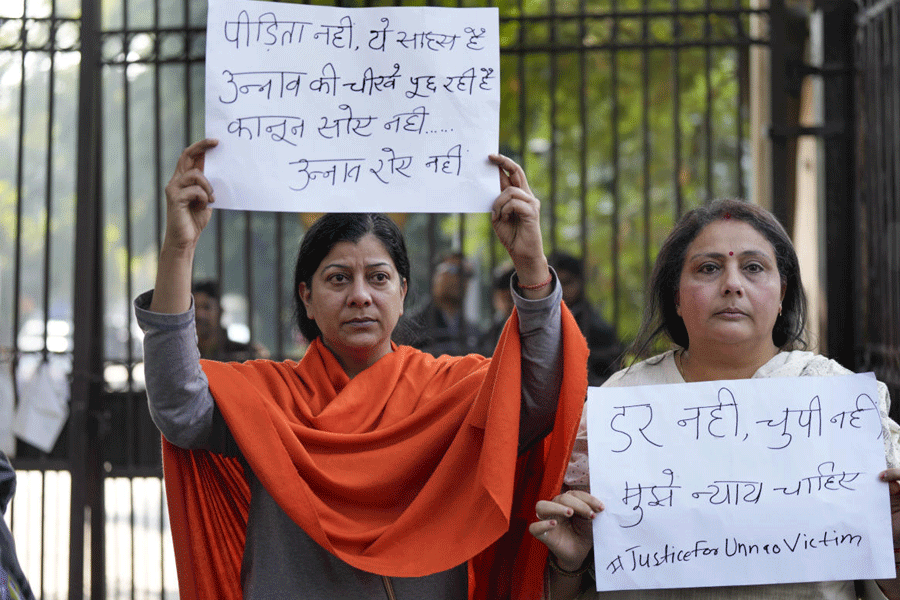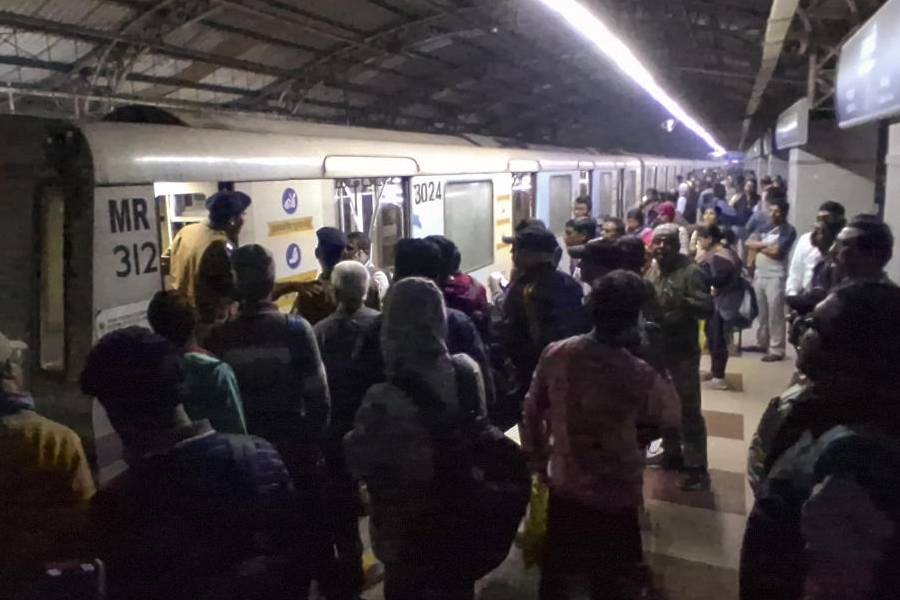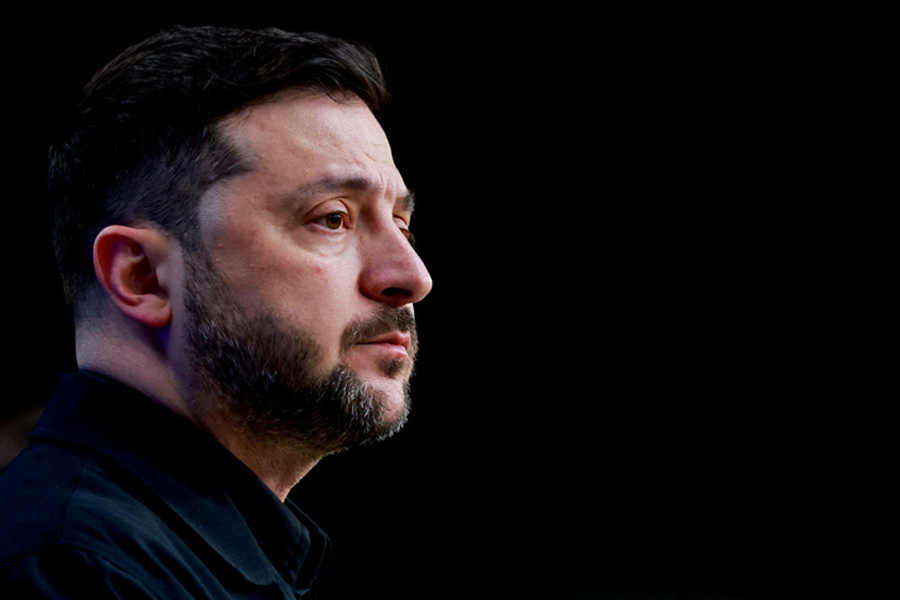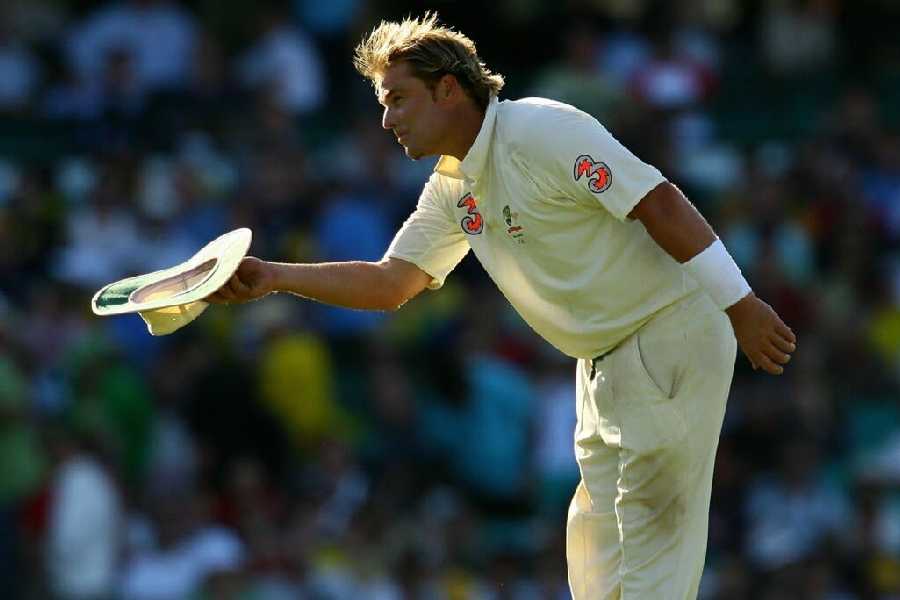The second presidency of Donald Trump has completed its first 60 days with many wondering whether any other president’s first 60 days have been so eventful or filled with such drama. Disruptions have ruled far and wide, both on the external and the domestic fronts.
Something which may not have figured very high on the commentary and analysis of the president’s domestic or external agenda is nevertheless high on his own priority list — golf. That President Trump is a golf enthusiast is well-known. He is also passionate about his game. In the Joe Biden-Trump televised debate during the election, there was a squabble over their respective golf handicaps — in layman’s language, over who is a better player. In September last year, in the midst of the election campaign, an assassination attempt on Trump was suspected when he was playing golf.
Trump’s golf enthusiasm means that there is great curiosity to know just how much time Trump spends playing golf as president. There are those who tabulate this. Equally, there are critics who calculate just how much this costs the tax payer given the expenditures involved in moving around presidential retinues and security. One count suggests that in his first 48 days in this tenure, Trump has played 13 rounds — about once every four days.
Before one rushes to pass judgement, it is useful to recall that President Trump has a long list of predecessors who spent significant amounts of time on the golf course. The list includes Woodrow Wilson, D.D. Eisenhower, Barack Obama and many others. This is to be expected — to many, golf is integral to the American way of life and playing golf and being seen on the golf course are not necessarily bad things for a big-time politician.
During his first election campaign, Trump had accused Obama of spending too much time on golf. In fact, Trump played more golf in his first term (261 rounds, according to one count) than Obama did (around 300 in two terms). Trump’s point was that he did not just play with his friends but also with world leaders.
It is said that the former Japanese prime minister, Shinzo Abe, and Trump played together on multiple occasions and built up a relationship. There have been reports that the (since impeached) South Korean president, Yoon Suk Yeol, had started playing golf in anticipation of a Trump presidency. This must be apocryphal or even a joke since golf is a difficult game to learn or become even reasonably proficient in and President Trump is by all accounts a good player. In some accounts, he is the best golfer yet to occupy the White House.
President Trump and golf are, however, about much more than his enthusiasm as a golfer. He is also a major golf businessman, owning multiple golf courses in the United States of America and across the world. As such, he is also an interested party in the rift that dominates professional golf today.
To recapitulate: in 2022, the world of professional golf centred in the US Professional Golfers’ Association woke up to a new reality. The Saudi Sovereign Wealth Fund had set up a parallel golf tour — LIV Golf. With its deep pockets, it attracted some of the world’s best players. The PGA blacklisted them from its tournaments. A war of words and open conflict raged between the two tours and their respective supporters, including some of the best players in the world.
For the USPGA, the Saudis with their money were corrupting a cherished American institution and sport — in effect using golf to ‘sportswash’ their poor human rights record. For LIV Golf, the PGA was just guarding its hegemonic and near-monopoly status when the game needed to grow and change.
Just as tensions seemed to reach breaking point, almost miraculously, a deal and a merger were announced in mid-2023. One point of agreement was that this war of attrition was in neither’s interest. The absence of leading players was impacting attendance and TV viewers in PGA events as well.
But, to borrow the vocabulary of geopolitics, the agreement is no more than a truce or a ceasefire. A more comprehensive treaty is still to be finalised. This status quo has continued since mid-2023; there is no overall agreement on a merger, the two tours operate separately, but the war of words has ceased.
Different Trump-owned golf courses had in the past been the venue for important PGA events. After the January 6, 2021 event, when Trump supporters stormed the US Capitol protesting against his defeat in the 2020 presidential election, his courses had faced important tournament cancellations. The LIV tour, however, continued to use them.
Trump has, in fact, very good relations with the Saudis and many business dealings with them. This is reflected also in his strong endorsement of the LIV tour. This
has now fanned the expectation that a Trump presidency would lead to a quick final settlement and peace in the world of professional men’s golf.
Will this finally happen? How will the hegemonic PGA make final terms with the upstart but rich LIV tour? Before the 2024 election, Trump had claimed that he could facilitate an agreement in minutes. As president, he has been more circumspect. Although he has had meetings jointly with both sides, he has been unusually discreet — unlike in his dealings elsewhere. He is believed to have joked that getting an agreement done between Ukraine and Russia is easier. Clearly, he is more knowledgeable about and, therefore, respectful of the sovereignties involved in the golfing world.
Many sports are good measures of global politics but golf is perhaps the most sophisticated of these geopolitical barometers. For this reason, Trump’s golf mediation is being closely watched by many. But there is more than just the art of the deal involved here. It is also an example of just how a giant like the USPGA also has to reach agreements with relative upstarts like the LIV tour. There may well be a core pragmatism at play here: that even a predominant global hegemon, which the US undoubtedly is in golf, has to recognise an emergent multipolarity.
T.C.A. Raghavan is a former High Commissioner to Pakistan and Singapore

